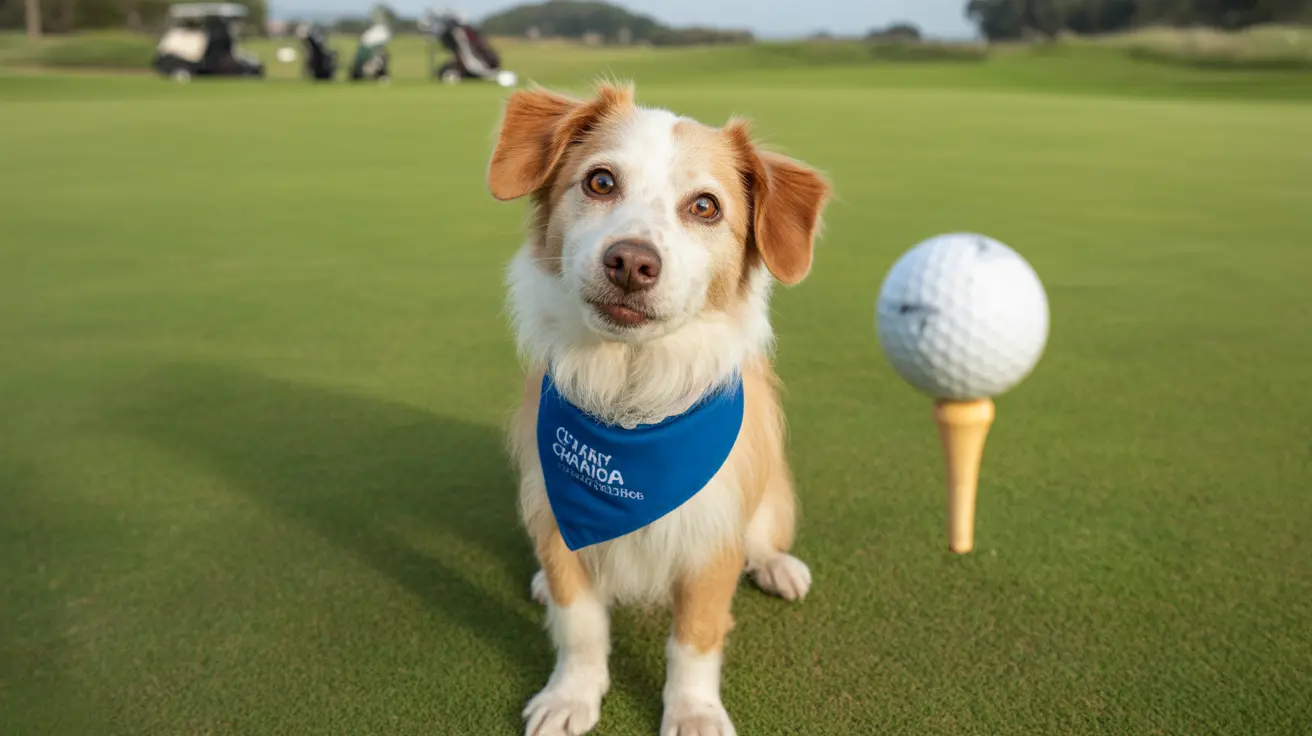When it comes to topical medications, pet owners need to be particularly cautious about fluocinonide and other corticosteroid creams. While these medications serve important therapeutic purposes in both human and veterinary medicine, they can pose significant risks to our canine companions if not used properly or if accidentally ingested.
Understanding the potential dangers of fluocinonide exposure in dogs is crucial for responsible pet care. This comprehensive guide will explore the risks, symptoms of toxicity, and essential safety measures every pet owner should know.
Understanding Fluocinonide and Its Effects on Dogs
Fluocinonide is a potent corticosteroid medication commonly prescribed in topical form to treat various skin conditions. While it can be safely used in veterinary medicine under proper supervision, incorrect usage or accidental ingestion can lead to serious health issues in dogs.
When prescribed by veterinarians, fluocinonide is typically used in specific formulations designed for pets, often combined with other ingredients for treating ear infections or skin conditions. However, human formulations can be particularly dangerous for dogs.
Signs of Fluocinonide Toxicity in Dogs
Dogs exposed to excessive amounts of fluocinonide may exhibit various symptoms, including:
- Gastrointestinal disturbances (vomiting, diarrhea)
- Increased thirst and urination
- Lethargy or weakness
- Loss of appetite
- Panting
- Skin irritation or redness
- Behavioral changes
More severe cases can lead to serious complications such as:
- Cushing's syndrome
- Liver problems
- Weakened immune system
- Diabetes-like symptoms
- Skin thinning and poor healing
Prevention and Safe Handling
To protect your dog from fluocinonide exposure, follow these essential safety measures:
- Store all medications in secure, pet-proof containers
- Keep topical medications in a closed cabinet
- Never apply human medications to pets without veterinary approval
- Use protective barriers (e.g., cone collars) when necessary
- Monitor your pet after any prescribed application
- Keep medication application areas out of reach
Emergency Response to Fluocinonide Exposure
If you suspect your dog has been exposed to or ingested fluocinonide, take immediate action:
- Contact your veterinarian or pet poison control immediately
- Document the amount and time of exposure
- Keep the product container for reference
- Follow professional guidance for immediate care
- Monitor your pet closely for symptoms
Frequently Asked Questions
Is fluocinonide poisonous to dogs if accidentally ingested or licked off the skin?
Yes, fluocinonide can be poisonous to dogs if ingested or excessively absorbed through the skin. While small amounts may cause mild symptoms, larger quantities can lead to serious health complications requiring immediate veterinary attention.
What are the signs of fluocinonide toxicity in dogs, and how soon should I seek veterinary help?
Signs include vomiting, diarrhea, increased thirst, excessive urination, and lethargy. Seek veterinary help immediately if you notice any of these symptoms, as early intervention is crucial for the best outcome.
How can I safely store and handle fluocinonide to prevent accidental exposure to my dog?
Store fluocinonide in a secure, high cabinet away from pets. Use gloves when applying the medication, and ensure treated areas are inaccessible to your dog. Always wash your hands thoroughly after handling the medication.
Can I use human topical corticosteroids like fluocinonide on my dog without a veterinarian's guidance?
No, never use human topical corticosteroids on dogs without veterinary approval. Human medications can be dangerous for pets and may cause serious adverse reactions.
What should I do if my dog has ingested fluocinonide or any other topical corticosteroid cream?
Immediately contact your veterinarian or an animal poison control center. Document the amount ingested and time of exposure, and follow their emergency care instructions precisely.
Conclusion
While fluocinonide can be safely used under veterinary supervision, it poses significant risks if misused or accidentally ingested by dogs. Understanding these risks and maintaining proper safety measures is essential for protecting your pet's health. When in doubt, always consult with your veterinarian about the safe use of any medication.






